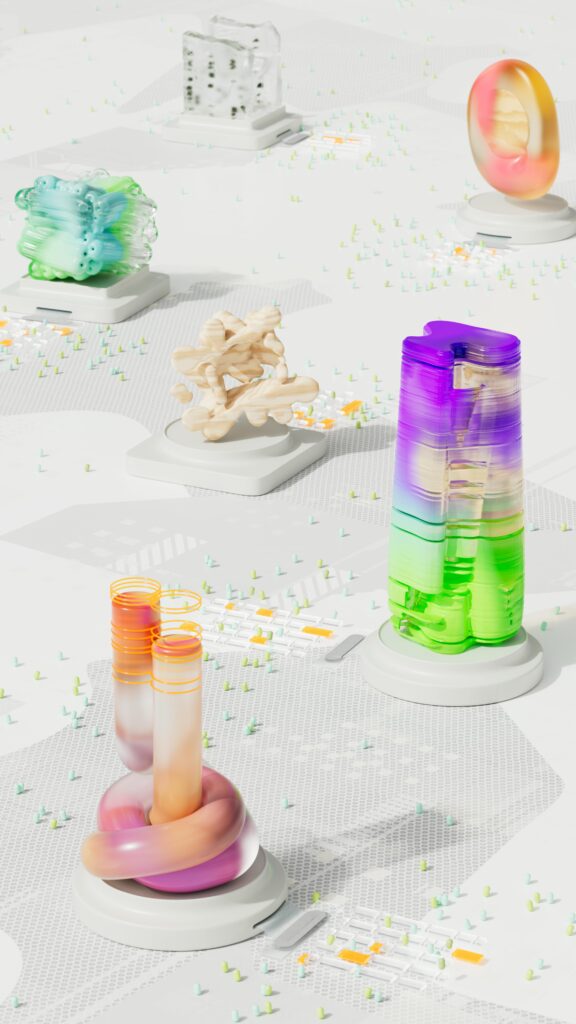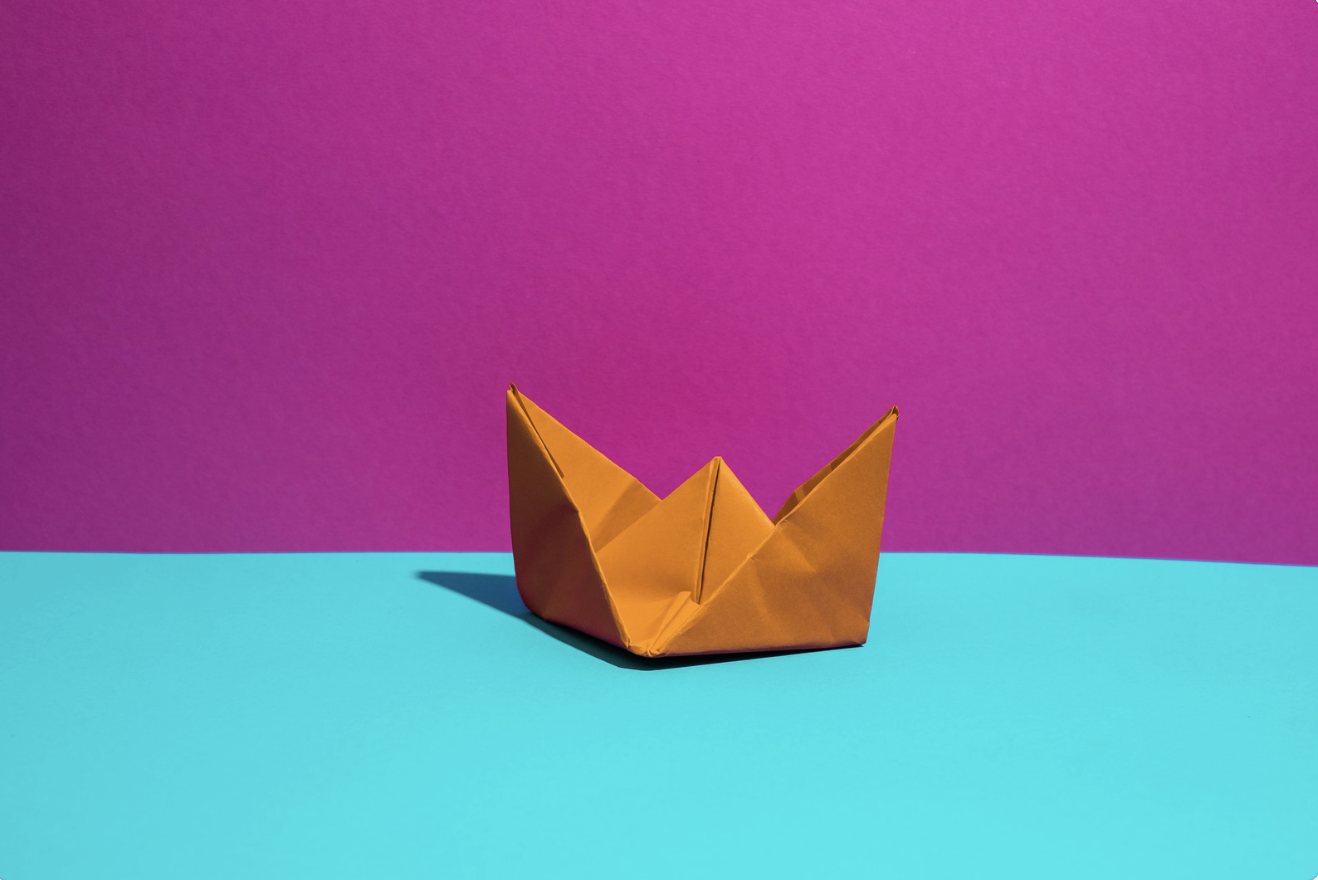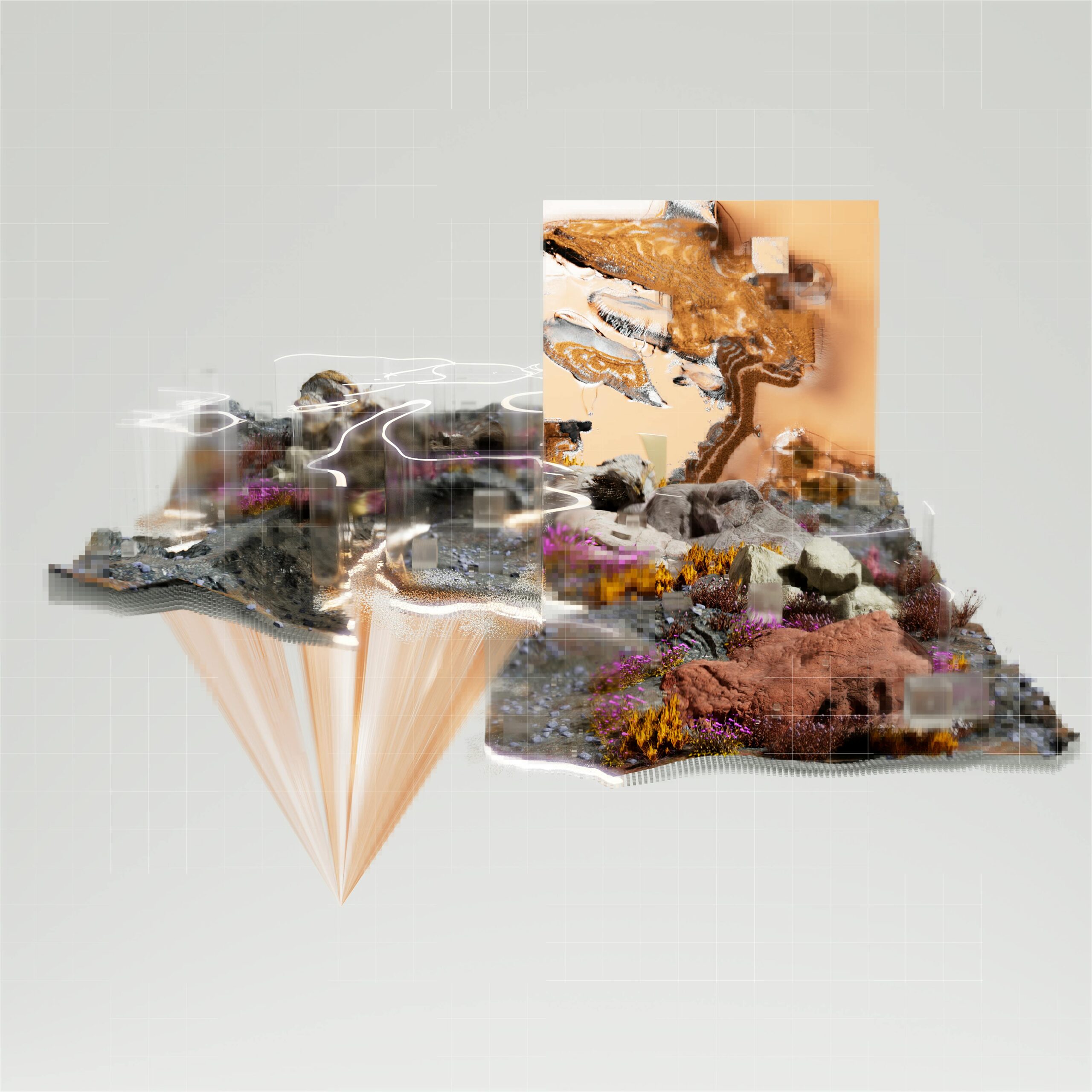While AI is often associated with technology and data, in design, it’s being used as a collaborative tool that enhances the creative process, improves efficiency, and provides personalized experiences. As AI continues to evolve, its integration into design workflows is opening new opportunities for innovation, streamlining production, and enhancing user experiences across various design disciplines, including graphic design, industrial design, product development, and architecture.
Rather than replacing human creativity, AI augments it. By automating time-consuming tasks like resizing images, adjusting layouts, or generating design variations, AI allows designers to focus on the more strategic and creative aspects of their projects. AI tools are capable of analyzing vast amounts of data to identify trends, make suggestions, and provide insights, which help designers create more relevant and engaging products. This fusion of creativity and efficiency is propelling design innovation, enabling professionals to explore new horizons while reducing manual labor.
The goal of this article is to explore the various ways AI is reshaping the design landscape. From its role in simplifying workflows to its influence on personalization and customization in design, we will examine AI’s integration into different design practices and its impact on the design industry. Additionally, we will discuss the challenges and ethical considerations that come with the increasing use of AI in design and how human creativity remains a vital component of the process.
- AI in Design Tools: Enhancing the Creative Process
- Personalization and Customization with AI in Design
- The Use of AI in Product and Industrial Design
- AI in Graphic Design and Branding
- The Ethical Considerations and Limitations of AI in Design
- Conclusion
AI in Design Tools: Enhancing the Creative Process
Automating Repetitive Design Tasks
AI tools are being employed to automate mundane design tasks that once consumed much of a designer’s time. For example, in graphic design, AI can automatically resize images for various platforms, adjust colors to match specific brand guidelines, or crop images based on predefined criteria. This automation frees up designers to focus on higher-level creative work, such as crafting original visuals, developing concepts, or refining user experiences.
Creative Assistance with AI
AI is not just a tool for efficiency but also a creative collaborator. With advancements in machine learning and deep learning, AI tools like Adobe Sensei or Runway ML can analyze the user’s preferences and generate design elements such as color palettes, typography suggestions, and layout variations. These tools can offer designers new, unexpected ideas based on learned data, contributing to the creative process rather than merely executing instructions. AI-powered tools can also learn from the designer’s past projects, continuously improving and offering more personalized suggestions as they evolve.
AI as a Collaborative Partner
AI is transforming from a mere tool to a co-designer. Platforms like Designhill or Logojoy use AI to generate design options, but it’s the designer who guides the process and fine-tunes the final result. AI can suggest multiple design iterations or explore various styles, allowing the designer to focus on higher-level decisions while AI handles the heavy lifting. This partnership helps achieve results faster and with more varied options, enhancing the overall creative experience.
Personalization and Customization with AI in Design

Data-Driven Personalization
One of the most compelling uses of AI in design is the ability to personalize products and user experiences based on data. By analyzing user preferences, behavior patterns, and demographic data, AI can generate customized design elements tailored to individual tastes. For instance, websites, mobile apps, and online platforms use AI to create personalized content layouts, product recommendations, and even custom interface designs based on real-time user data. This form of design ensures that users feel a stronger connection to the product, improving satisfaction and engagement.
AI in User Interface (UI) Design
In UI design, AI plays a crucial role in adapting interfaces to the needs and preferences of individual users. By tracking user behavior and analyzing how they interact with apps or websites, AI can dynamically adjust user interfaces to create an optimized experience.
For example, a website might adjust its layout based on the user’s screen size or preferences, automatically selecting content or design features that resonate most with them. AI in UI design makes it possible to deliver seamless and engaging experiences, offering more personalized interactions with digital products.
Adaptive Content and Layouts
AI-driven design systems can automatically generate layouts that adapt to various content and devices. Instead of designers manually adjusting designs for different screen sizes or content types, AI can analyze the context and adjust elements like image sizes, font choices, and layout structures to ensure consistency and accessibility across multiple platforms. This capability ensures that the product remains usable, engaging, and consistent, whether the user is on a mobile phone, tablet, or desktop.
The Use of AI in Product and Industrial Design
- AI in Product Prototyping
AI is becoming an essential tool in product prototyping, where it helps designers quickly test ideas before committing to physical prototypes. AI algorithms can simulate the behavior of materials, predict how a product will perform, and offer suggestions for improvements. By using generative design tools, product designers can create multiple iterations of a product, test them virtually, and select the best design based on predefined criteria. This speeds up the development process and minimizes waste, as designers can finalize concepts more efficiently before moving to physical production.
- AI-Driven Manufacturing
The integration of AI in manufacturing has led to smarter, more efficient production processes. AI-driven machines and robots can produce complex products with greater precision, reduce the margin of error, and optimize workflows. In industrial design, AI helps streamline supply chains by predicting demand and adjusting production schedules accordingly. This intelligent system improves efficiency, reduces costs, and ensures that products are built to the highest standards of quality.
- Personalized Product Design
AI is making personalized product design more accessible. With the help of AI, companies can offer customizable products that are uniquely tailored to individual preferences. For instance, AI can help create custom-designed shoes, clothing, or furniture, where customers input their preferences, and AI suggests the best design options. These personalized products are not only a way to differentiate offerings in a crowded market but also meet the growing demand for tailored, bespoke items.
AI in Graphic Design and Branding
Automating Graphic Design Tasks
AI tools have simplified many graphic design tasks, making them more accessible to non-designers and speeding up processes for professionals. Tools like Canva or Logojoy allow users to create logos, marketing materials, and social media content by simply entering basic design preferences. AI analyzes millions of design patterns, offering suggestions that fit the brand’s tone and message. This democratizes design, enabling small businesses and individuals to create high-quality graphics without hiring professionals.
Brand Consistency through AI
Maintaining consistent branding across all platforms is crucial for businesses. AI tools help ensure that branding remains coherent by analyzing and adjusting designs to match brand guidelines.

AI systems can review marketing materials, websites, and advertisements to ensure that they use the correct color schemes, typography, and visual styles, offering suggestions for improvements that adhere to the company’s brand identity.
AI and Marketing Design
In marketing, AI plays an increasingly vital role in the creation of visuals that resonate with target audiences. By analyzing customer data, AI tools can help design marketing materials that cater to specific demographics, increasing engagement and conversion rates. For example, AI can analyze consumer preferences and create designs for online ads, social media posts, or email templates that are tailored to the interests of potential customers, ensuring higher engagement and return on investment.
The Ethical Considerations and Limitations of AI in Design
As AI becomes more integrated into the design world, concerns arise about its impact on creativity. While AI can help automate tasks and generate design ideas, some fear it may stifle human creativity or even replace designers altogether. However, most experts agree that AI is better used as a complementary tool rather than a replacement for human creativity. Designers bring their intuition, emotion, and cultural understanding to the table, qualities that AI currently cannot replicate.
AI systems are only as good as the data they are trained on, and if the data is biased, the design output can reflect those biases. Whether it’s facial recognition systems in design or AI-generated content, ethical concerns about fairness, inclusivity, and diversity are paramount. Designers and developers must ensure that AI systems are built using diverse and unbiased data to prevent perpetuating stereotypes or excluding certain user groups.
The future of AI in design lies in collaboration rather than replacement. AI can help designers by generating ideas, automating tedious tasks, and refining designs based on data, but it’s the human designer who provides the vision, emotion, and cultural context. By embracing AI as a tool for assistance, designers can push the boundaries of what’s possible while ensuring that the human touch remains central to the creative process.
Conclusion
Artificial intelligence is rapidly transforming the design industry, offering new possibilities for creativity, efficiency, and personalization. From automating repetitive tasks to helping designers create innovative products, AI is becoming an indispensable tool in the design process. It enhances the user experience, drives brand consistency, and allows for customized design solutions across various industries.
While there are concerns about AI replacing designers, it is clear that AI is best used as a supportive partner, enhancing human creativity rather than diminishing it. AI tools enable designers to explore new possibilities, increase productivity, and create personalized experiences for users, ultimately improving the design process.
As AI continues to evolve, its role in design will only expand. Future innovations in AI could lead to even more seamless collaborations between humans and machines, enabling designers to create smarter, more intuitive products. The future of design is one of innovation, and AI will undoubtedly play a critical role in shaping the next generation of creative solutions.








